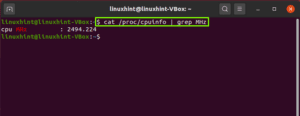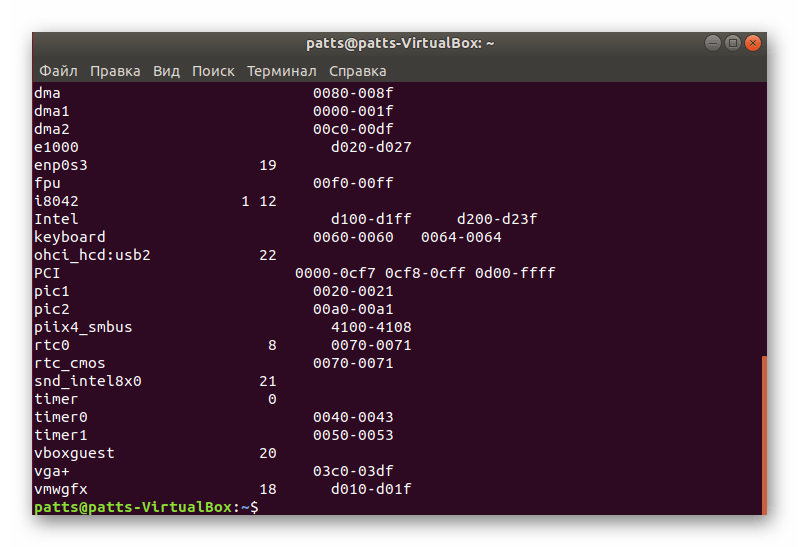


You also can use other tools for system monitoring but those are not installed by default on Linux.
#Less proc cpuinfo how to
In this guide you learned how to show get CPU information and the know about the CPU structure. Model name: Intel(R) Xeon(R) CPU E5-2650 v4 2.20GHzįlags: fpu vme de pse tsc msr pae mce cx8 apic sep mtrr pge mca cmov pat pse36 clflush mmx fxsr sse sse2 ss syscall nx rdtscp lm constant_tsc arch_perfmon rep_good nopl cpuid tsc_known_freq pni pclmulqdq vmx ssse3 fma cx16 pcid sse4_1 sse4_2 x2apic movbe popcnt tsc_deadline_timer aes xsave avx f16c rdrand hypervisor lahf_lm abm 3dnowprefetch cpuid_fault invpcid_single pti ssbd ibrs ibpb tpr_shadow vnmi flexpriority ept vpid fsgsbase tsc_adjust bmi1 avx2 smep bmi2 erms invpcid rdseed adx smap xsaveopt md_clear Conclusion # It should show output something like below: Architecture: x86_64 lscpu is a part of the util-linux package which is installed on all Linux distributions. You can know about the CPU architecture using lscpu command. It will show output something like below: For instance, to show only processor name, type: grep -m 1 'model name' /proc/cpuinfo You also can filter the output using grep command.
#Less proc cpuinfo full

Here, in this example, there are 4 cores processor so it will show list of all cores from 0 to 3. Wildcards are allowed.It will show the logical CPU with identification number. cat /proc/cpuinfo displays various information about your CPU. Append "| grep devtype" to look up specific devices, such as hard drives. Version - shows current version and distribution of your OSĭevices - shows a list of all attached devices (including system buses and available ports). Append "| grep Total" to see your total system RAM. Continue to view the /etc/sysconfig entries in this file. Press n (lowercase for next) to display the next instance of the string. While viewing the file using the less command, use the slash (/) key followed by etc/sysconfig to search for this string. Meminfo - shows information about your system memory (RAM). Search the contents of the sysconfig.txt file for /etc/sysconfig. Append "| grep model" to see your CPU's model number. Important /proc filesĬpuinfo - shows information about your CPU. "| grep total" will not work, but "| grep Total" will. Keep in mind that Linux is case-sensitive, so if you cannot find the line you need, but believe it should be there, capitalize the first letter. x86info x86info is a program which displays a range of information about the CPUs present in an x86 system. This is the closet tool to CPU-Z app on Linux. cpuid command Dump CPUID information for each CPU.

x86info command Show x86 CPU diagnostics. You can append | grep parameter at the end of your command to only display lines that contain your parameter. lscpu command Show information on CPU architecture. Or cat /proc/cpuinfo grep command to quickly find needed information Most files that hold system information can be found in /proc, such as /proc/mdstat.Įasiest way to read them is to use either the less, or cat command to to read them: less /proc/cpuinfo Find your system information in Linux through the command line.


 0 kommentar(er)
0 kommentar(er)
